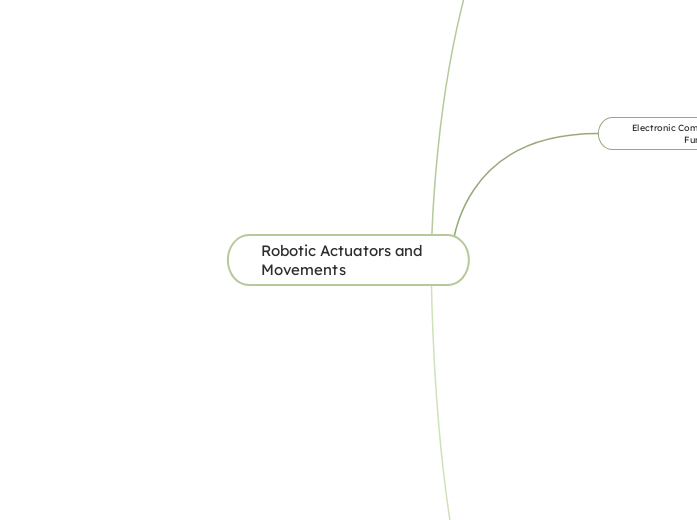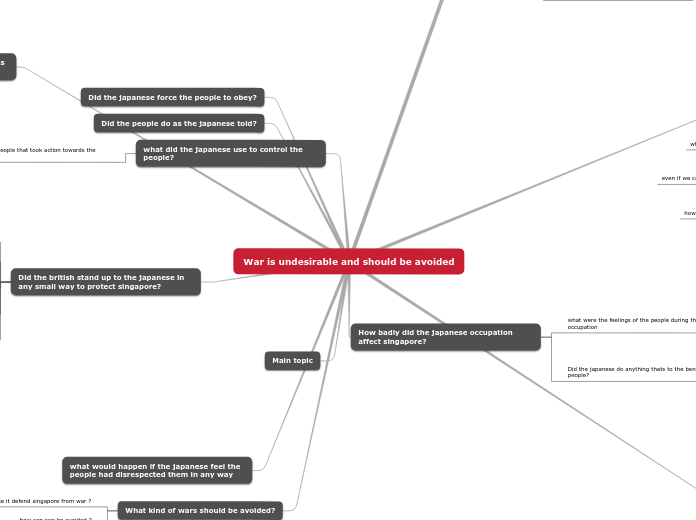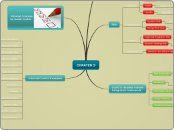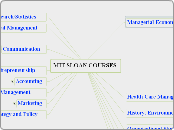Robotic Actuators and Movements
The relationship between battery and motor and Safety features of Baxter robot
2. Safety features of Baxter robot
Security mechanism
Collaborative design
Working with humans to ensure safety.
Automatic adjustment
Automatically slow down or stop when detecting anomalies.
Flexible arms
Collision protection:
Safely avoid excessive force.
Flexible design
no harm when touched.
Sensor
Human detection
Automatically slow down or stop to ensure safety.
Environmental detection
real-time monitoring of the working environment to avoid collisions.
1.The relationship between battery and motor
Key points
The relationship between the battery and the motor
the battery performance directly determines the motor performance.
Low power
Motor performance decreases, robot slows down or stops.
Motor
Mechanical energy output
Converts electrical energy into mechanical motion to drive robot components.
Motor efficiency
The synergy of battery and motor affects robot speed and performance.
Battery
Battery quality
affects motor efficiency and robot performance
Battery capacity
determines robot running time.
Power supply
Provide power to the robot.
Electronic Components and Their Functions
How does the motor receive signals?
3.Motor Response
After receiving the control signal, the motor adjusts its rotor’s position or action based on the width of the PWM signal.
2.Pulse Width Modulation (PWM) Signal
A PWM signal is a square wave, and the pulse width (the duration of the high signal) determines the motor’s movement or position.
1.Transmission of Control Signals
The computer sends control signals to the motor through a signal wire . This signal is delivered using PWM.
How does the motor know when it has gotten to the right position?
2.Feedback System
position sensor
1.PWM Signals
These signals are sent periodically, typically every 20 milliseconds. Different pulse widths correspond to different rotor angles. By adjusting the pulse width, the controller directs the servo motor to move to a specific position.
About Arduino Uno
The Arduino Uno is easily programmable with computers, which allows users to write and upload code via USB.
Based on the input data and programmed instructions, the Arduino Uno controls outputs like motors.
The Arduino Uno is a microcontroller.
Basic Working principle of Robotics
How robots move
When the battery supplies power to the motors, the motors drive the robots mechanical parts to move.
At the same time, sensors continuously collect environmental data and send it back to the control system, allowing the robot to make precise adjustments and respond in real-time.
3 things drive robotic movement
Control System
Motors
Sensors
End effectors
Different types of end effectors depending on its use
its like the hand of a robot, allowing them to interact with the outside world
Batteries;how they work
When material at the negative electrode is depleted or when the positive electrode cant accept electrons anymore that means the battery wont work
creating electrical energy through chemical reactions
Inside there is positive/negative electrode and electrolyte
The material at the negative electrode releases electrons that flow through the external circuit to the positive electrode, and this process creates an electric current.
Electrolytes help conduct the ions within
Serves as energy source
Motors process of working
Servo and Stepper motors are the most common used ones
Generates a magnetic field through current, causing it to spin
Converts electrical energy into mechanical energy









